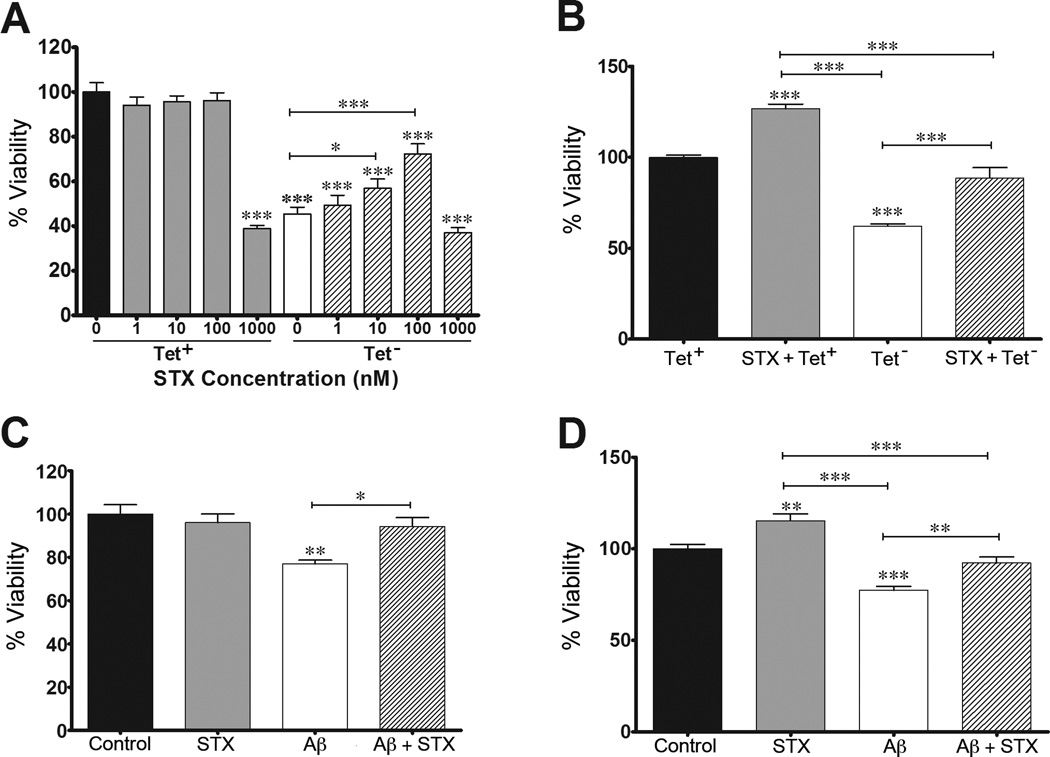Figure 1. STX protects against Aβ-induced cell death in neuroblastoma cells.
A–B) MC65 neuroblastoma cells treated with STX in the presence and absence of Tetracycline (Tet). A). In control conditions (Tet+), STX at concentrations from 1–100 nM had no deleterious effect on cell viability (analyzed with the CyQUANT assay). In cultures producing toxic levels of Aβ (Tet− conditions), STX protected against Aβ-induced cell death in a dose-dependent manner (from 1–100 nM). The highest dose of STX (1000 nM) was toxic in both conditions (n = 10–12 per treatment condition). B) Replicate analysis of MC65 cell viability (using the MTS assay) showed that STX treatment (100 nM) significantly improved the percentage of viable cells in control cultures (Tet+) and in cultures producing toxic Aβ (Tet−) (n=12–14 per treatment condition). C) In SH-SY5Y cells, treatment with Aβ25–35 (50 µM) induced a significant reduction in cell viability (analyzed with the CyQUANT assay); simultaneous treatment with STX (100 nM) prevented Aβ-induced cell death (n=6–7 per treatment condition). D) Replicate analysis of SH-SY5Y cell viability (using the MTS assay) showed that STX treatment (100 nM) significantly improved the percentage of viable cells in control cultures and partially rescued the viability of cells treated with Aβ25–35 (n = 12–14 per treatment condition). *p<0.05; **p<0.01; ***p<0.001.

